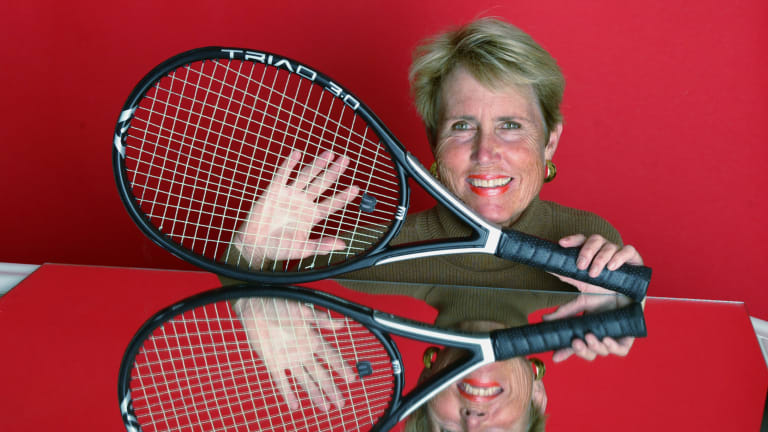She’d overslept. Not just by a few minutes. But by 90. The plan was for Karen Susman to wake up at 8:00. Finally, at 9:30, she was ready to warm up for a tennis match she was scheduled to play that afternoon. Oh, by the way, the match happened to be the 1962 Wimbledon singles final.
Many years later, her husband, Rod, recalled what happened that July morning. Nervous about what was to come, he slept poorly and was up at 5:00 a.m.
“I’m going ballistic, trying to coordinate the car that’s taking us there, the practice, everything,” said Rod. “Karen, she has a mind of her own.”
She also had a game of her own. Some tennis players are innately fast. Others are naturally strong. Karen was exceptionally smooth, poised, and elegant, akin to such greats as Maria Bueno, Evonne Goolagong and, to cite a contemporary example, Ashleigh Barty.
Young Karen Hantze’s game had been sharpened in her native San Diego. One of her early coaches was Eleanor “Teach” Tennant, who’d worked with Grand Slam champions Alice Marble, Bobby Riggs, and Maureen Connolly. Already the owner of a fluid throwing motion, Karen further refined her delivery under the tutelage of Les Stoefen. If you haven’t heard of Stoefen, you’ve seen him frequently; he was the model for the so-called “trophy position” that adorns many a tennis honor.
By age 16, Karen was the best junior in America, her graceful serve-volley game setting the pace for all others—including an ambitious teenager from Long Beach named Billie Jean Moffitt, later known to the world as Billie Jean King.
“Oh, she was smooth, and she was pretty, and she could roll her way through opponents and make it all seem nice and good,” said King. “But I’ll tell you this: Karen hates to lose. Hates it, hates it, hates it.”
